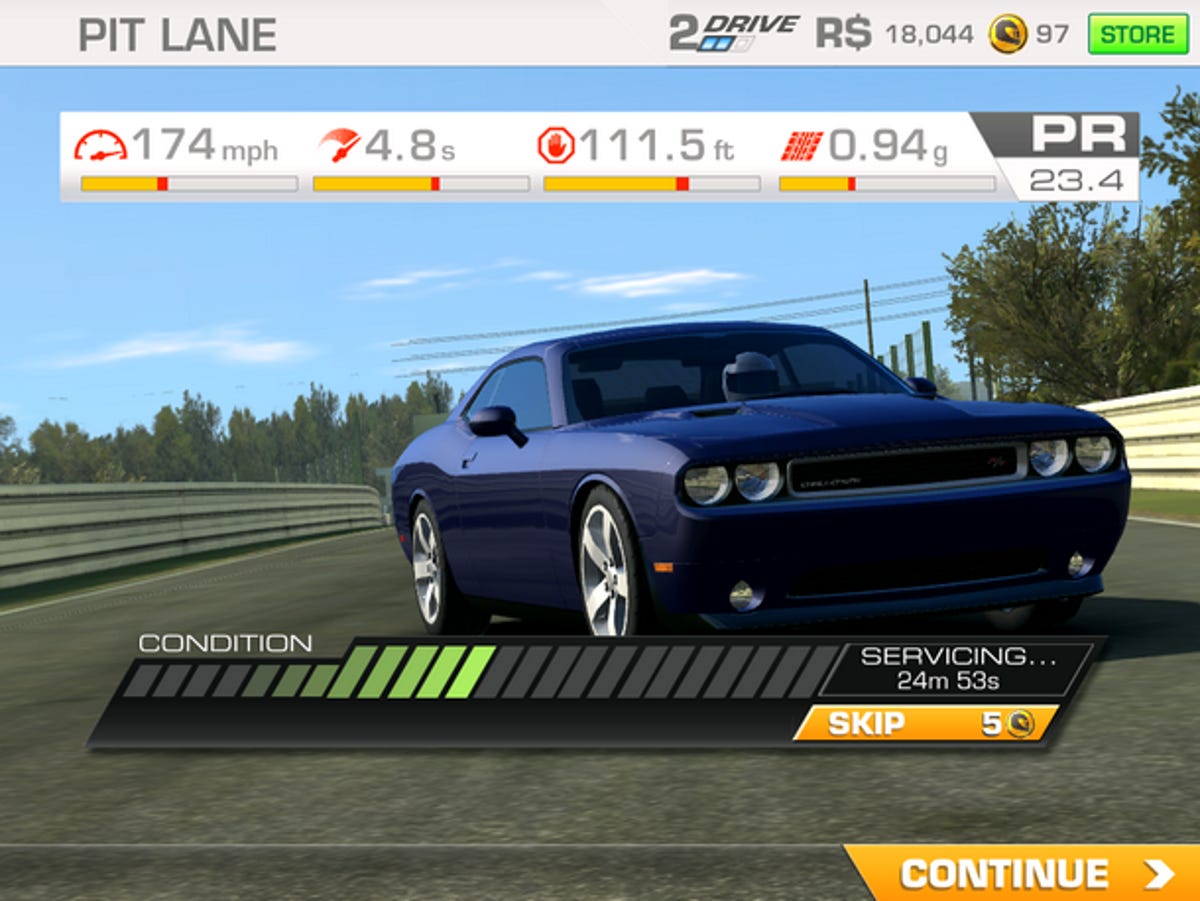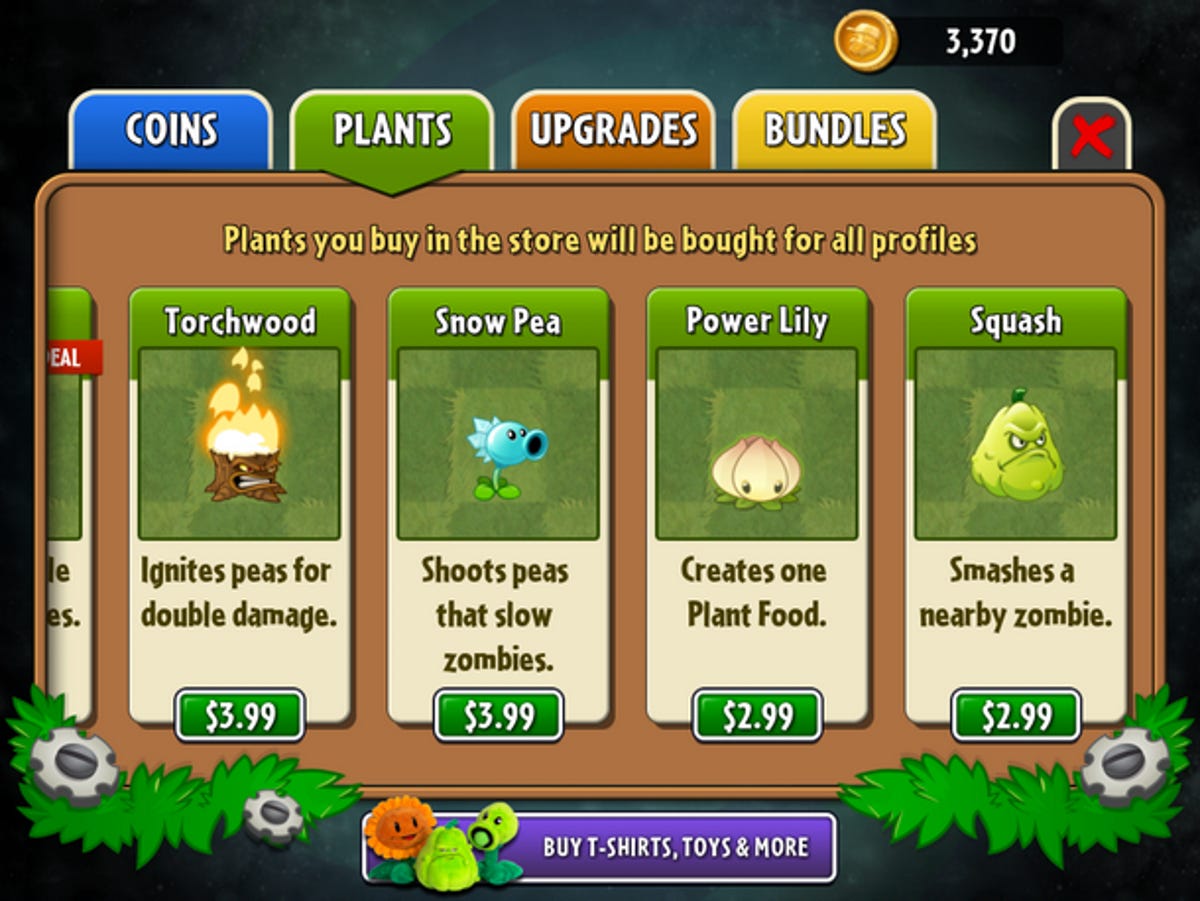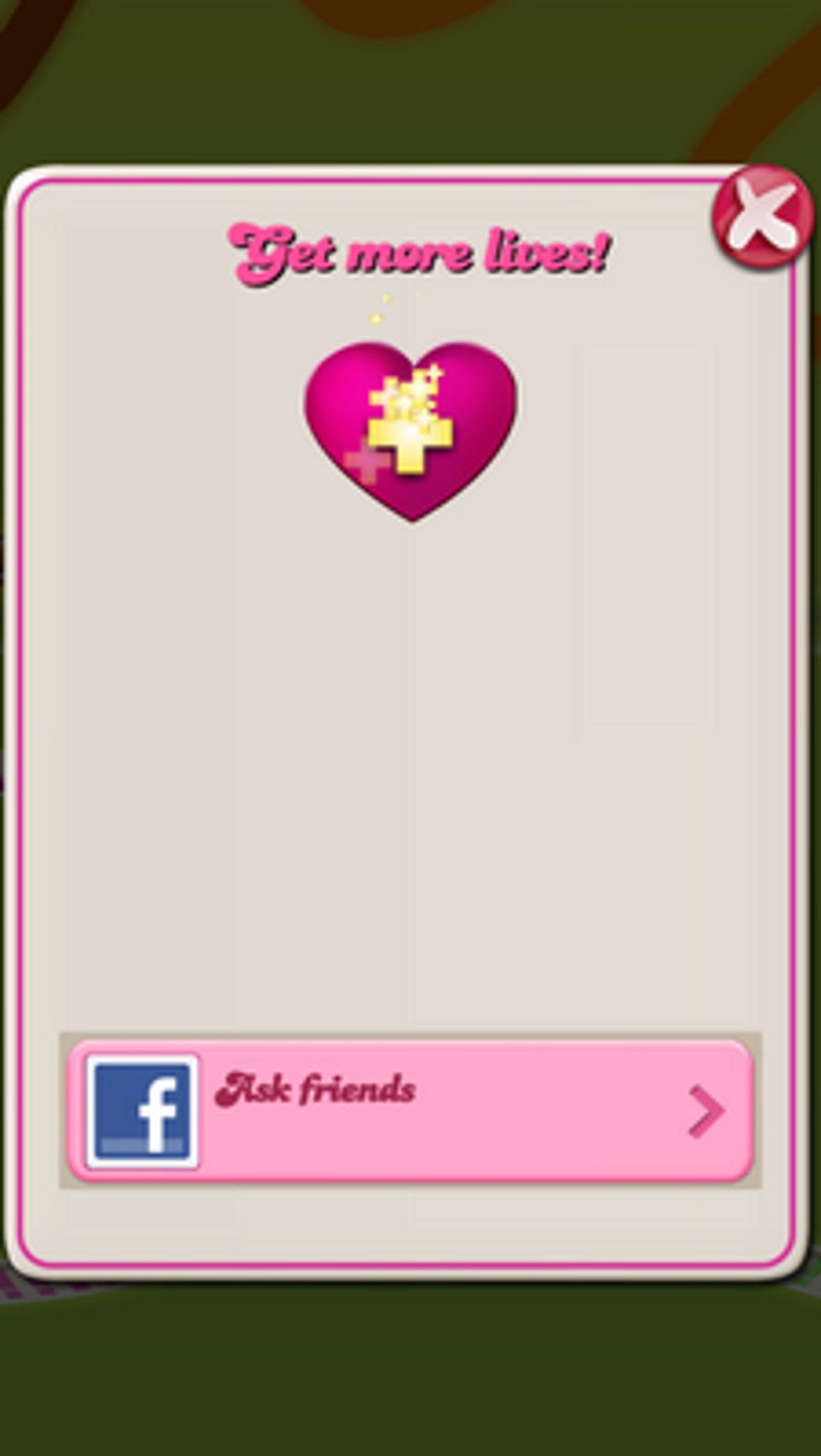If you regularly download apps for your smartphone or tablet, you have definitely experienced it: that moment when you find out the game you downloaded for free suddenly isn’t. Welcome to the world of Freemium, where your initial download is only to get you interested, but where the real money is spent once you’re already hooked on the game.
Freemium explained
The word freemium is a portmanteau of the words free and premium, implying you’re getting a premium experience without paying a premium price. For users, it seems like the best of all worlds to get an almost full gaming experience for free — and in some cases the way the freemium model is designed is pretty close to just that. For developers, it allows them to get their game in front of a lot more users (with no cost of entry) and still make cash through in-app purchases.
Freemium can come in several different forms. Sometimes it’s a time limit on how much you get to play in a sitting or it’s an in-game store that lets you buy fancy late-game items or in-game currency. Sometimes freemium just means an annoying ad banner that’s permanently trying to get your attention from the bottom of the screen. But all of these tricks of the trade are what enable a developer to make a game free to play initially, leaving the sticker shock for when you’re already addicted and your time has been invested.
It’s difficult to say when the freemium model first materialized, but for me it was when I first downloaded Real Racing 3 and figured out how the game would make money with no up-front purchase (more on this later). I was happy to get the game for free, but quickly saw how the developers would benefit from serious players spending real money to get ahead.
Now, the freemium model has quickly grown as one of the best ways for developers to make money on their offerings, as evidenced by the overwhelming success of games like Candy Crush Saga and longtime hit Clash of Clans. But it’s not just mobile; freemium has already infiltrated desktop gaming as well. Most desktop massive multiplayer online games (MMOs) are free to play these days when just a few years ago there were only subscription-based models. So the freemium strategy definitely works well as a model for some games, but with that said, there is a right way and there is a wrong way to implement a freemium model.


Screenshot by Jason Parker/CNET
Freemium done right
There are certainly positive aspects to freemium games. Obviously, for players, there’s no cost to get started so you get a chance to see if you like the game before paying for anything. For developers, it gives them a chance to get the game in front of the most people and ideally focuses on the serious players that will buy things like cosmetic items to differentiate themselves from the masses. In this way, everybody wins with the freemium model. Off the top of my head, I can think of a couple of games with a version of the freemium model that I don’t mind: Real Racing 3 and Plants vs. Zombies 2. When you look at these games, there are lessons to be learned as to how Freemium can be done well.
Give players a choice
With Real Racing 3, after a few races, the game will stop you from playing when you need to service a car — the more high-quality the car, the longer the time you’ll wait. But what makes this limitation bearable is that (once you’ve unlocked more cars) you can always switch to another while one is in the shop. When I first started playing this game for my review I hated the freemium model because it stopped me from playing. Fortunately, the quality of the racing made me give the game a second chance, and I realized there was a way to keep playing if I was a little bit flexible about switching over to a different car. The early parts of the game will hurt the most because you have only one car, but later it’s not nearly as annoying.
So, offering an option to work around the freemium limitations is a better practice because it lets your players stay in the game.
Focus on the biggest fans
With Plants vs. Zombies 2, the barriers to playing are kept to a minimum, with the focus instead being on making money off the most dedicated gamers who want to unlock everything. You can earn your way through the whole game, grinding through levels to earn stars that unlock new worlds. It’s a slow grind that requires you to repeat levels, but it’s possible. If you wanted to get there a little faster, you could spend real cash to unlock worlds, but the game doesn’t stop you from earning them yourself.


Screenshot by Jason Parker/CNET
The one case where Plants vs. Zombies 2 can get annoying is when the game won’t let you use certain plants — powerful plants that were standard in the original version of the game. For these, you’ll have to spend your money, but you don’t need these plants, and you can complete all the levels without ever spending a dime. A subset of serious users will decide to pay for these plants anyway and — with the game’s big audience — that’s where the developers will make their money.
In this case, the developers are focusing on a subset of serious gamers to make their money, but don’t cripple the game for the rest of the players in the process.
When freemium goes wrong
Candy Crush Saga is the top-grossing app in the App Store as of this writing, which proves that freemium models work for developers, but the strategy for taking your money is definitely annoying. With that said, it’s not the worst of the offenders, but it will test your patience.


Screenshot by Jason Parker/CNET
Pay, bug your friends, or wait
For those who haven’t played, Candy Crush Saga is a candy-matching game that has you tapping to create strings of matched candies for points, with some levels that are ridiculously hard, taking several tries to finish. But here’s where the catch is: Candy Crush gives you only five tries before stopping you from playing. You’ll automatically get one life back every 30 minutes, but you’ll likely not want to wait. At this point you can either spend real money to get more turns or bother a friend on Facebook (one who also has the game) to give you more turns.
This game doesn’t let you keep playing and forces you to choose between three undesirable choices: pay, bug your friends, or wait. Despite its annoying freemium model, Candy Crush Saga is a huge success, paving the way for other developers to use the same tricks. But at what cost?
Make kids work for you
For another example, I reviewed Where’s My Water 2 earlier this year and am still appalled at the way the freemium model keeps you from playing the game. As it’s a kid-friendly puzzle game (which makes the freemium model all the more deplorable), you’re trying to clear a path to our cute little alligator hero, Swampy, who needs the water you provide to take a bath. The original game had one initial price and let you play through all the levels. But the sequel introduced an energy meter that quickly disappears as you play through a few levels. When you run out of energy, you can either wait for several minutes for a single extra turn or spend money to keep playing.


Screenshot by Jason Parker/CNET
What really gets under my skin about this approach is that the game caters to younger kids with its cute cartoony characters, but prevents them from playing on a regular basis. This sets up the inevitable showdown between kids wanting to play the game (and probably bugging mom and dad for 99 cents) and parents needing to spend the cash to keep the game going. It’s one thing to prey upon adults in a game who should be able to make responsible decisions about in-app purchases, but putting the pressure on kids is going too far.
It’s a delicate balance
So freemium can be a good thing as long as people don’t feel like they’re losing out on too much by not paying. Limitations like time stoppages can be done well, if players have the option to keep playing, just like they can by switching cars in Real Racing 3. But when a time stoppage leaves you with no options except to bug people on social networks or pay with real cash, I think it’s more likely to turn people off and — soured by one or more bad experiences — they’ll eventually stop downloading freemium games knowing that there will likely be undesirable consequences.
For developers, a better strategy is to let people play the whole game, but charge for items that give cosmetic changes or upgrades to the players who are really serious about the game. As we know from Candy Crush Saga, there are success stories, but over the long term, freemium limitations might be the thing that eventually makes people delete your game because they’re sick of the constant harassment.
So, is freemium the death of fun? Not necessarily, but it takes a bit of compromise from both players and developers to make a freemium game work. In the end, people want free games and obviously developers need to make money. But players will need to compromise by playing a game a bit differently, acknowledging that they are getting a game for free. And developers shouldn’t cripple a game they want people to like, and instead focus on making money from the serious fans rather than punishing the entire player base.



